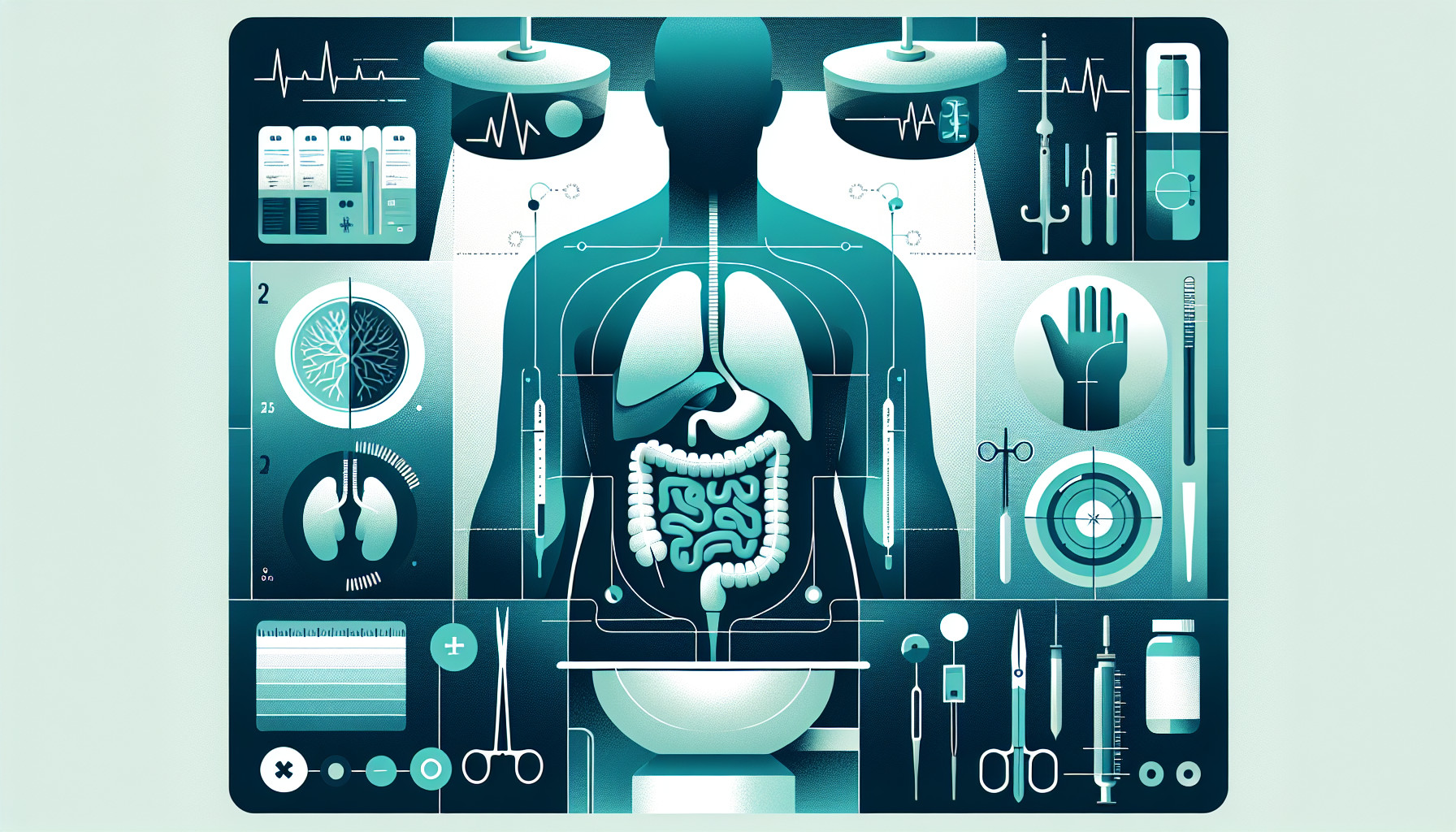Our Summary
This study looks at the use of living donations in intestinal transplantation, a treatment for severe intestinal failure. The researchers used data from the Intestinal Transplant Registry, which contains information on all such transplants worldwide from 1987 to 2019. They found that only 1.8% of the 4156 transplants during this period involved a living donor.
The researchers compared these living donor transplants with a group of deceased donor transplants that were similar in many ways, including patient age, sex, weight, cause of intestinal failure, and more. They found that survival rates for the patients and the transplanted organ were similar whether the donor was living or deceased. Similarly, the rate of organ rejection was about the same for both groups.
In simple terms, while using living donors for intestinal transplants is rare, this study found that it’s just as safe and effective as using organs from deceased donors.
FAQs
- What is the percentage of living donations in intestinal transplantation according to the Intestinal Transplant Registry?
- Are survival rates and organ rejection rates similar for intestinal transplants from living and deceased donors?
- Based on the study, is it safe and effective to use living donors for intestinal transplants?
Doctor’s Tip
A helpful tip a doctor might give a patient considering an intestinal transplant is to discuss the option of using a living donor with their medical team. While it may be rare, this study shows that it can be just as successful as using organs from deceased donors. Patients should inquire about the possibility of a living donation and explore all their options for a successful transplant.
Suitable For
Patients who are typically recommended for intestinal transplant include those with severe intestinal failure that cannot be managed with other treatments such as parenteral nutrition or surgery. This may include patients with conditions such as short bowel syndrome, intestinal ischemia, inflammatory bowel disease, or congenital defects of the intestines. Patients who are at risk of complications such as infections, liver failure, or malnutrition due to their intestinal failure may also be considered for intestinal transplant.
Timeline
Before intestinal transplant:
- Patient is diagnosed with severe intestinal failure, often due to conditions such as short bowel syndrome, inflammatory bowel disease, or vascular disorders.
- Patient undergoes extensive medical management, including parenteral nutrition, to maintain nutrition and hydration.
- Patient is evaluated for intestinal transplant candidacy, which includes medical, psychological, and financial assessments.
- Patient is placed on the waiting list for a deceased donor intestine, which can take months to years.
After intestinal transplant:
- Patient undergoes the intestinal transplant surgery, which can take several hours and carries risks such as infection, rejection, and complications from immunosuppressive medications.
- Patient is monitored closely in the immediate post-transplant period for signs of rejection, infection, and other complications.
- Patient undergoes regular follow-up appointments with the transplant team to monitor organ function, adjust medications, and address any issues that arise.
- Patient must adhere to a strict medication regimen, including immunosuppressive drugs, to prevent organ rejection.
- Patient gradually resumes normal activities and diet, with the goal of improved quality of life and nutritional autonomy.
What to Ask Your Doctor
- What are the risks and benefits of using a living donor for an intestinal transplant compared to using a deceased donor?
- How does the process of finding a living donor for an intestinal transplant work?
- What criteria does a potential living donor need to meet in order to be considered for an intestinal transplant?
- What is the recovery process like for both the donor and the recipient after a living donor intestinal transplant?
- Are there any long-term implications or risks associated with using a living donor for an intestinal transplant?
- How does the success rate of intestinal transplants compare between living donor and deceased donor transplants?
- Are there any specific considerations or precautions that need to be taken when considering a living donor for an intestinal transplant?
- What are the potential financial implications of using a living donor for an intestinal transplant compared to a deceased donor?
- How does the availability of living donors for intestinal transplants impact the overall waiting time for a transplant?
- Are there any ongoing research or advancements in the field of intestinal transplantation that may impact the use of living donors in the future?
Reference
Authors: Ceulemans LJ, Dubois A, Clarysse M, Canovai E, Venick R, Mazariegos G, Vanuytsel T, Hibi T, Avitzur Y, Hind J, Horslen S, Gondolesi G, Benedetti E, Gruessner R, Pirenne J. Journal: Ann Surg. 2023 Nov 1;278(5):807-814. doi: 10.1097/SLA.0000000000006045. Epub 2023 Jul 27. PMID: 37497671
